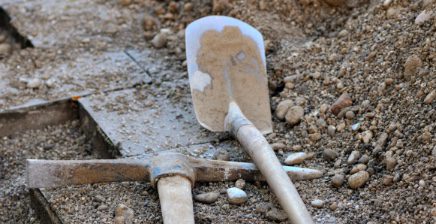
Cobalt mining still tainted by forced child labor despite global pressure
Cobalt is a mineral mined mostly in the Democratic Republic of Congo (DRC). It is critical to the battery technology used in things like electric vehicles and cell phones. But dubious ethics and exploitative labor practices, particularly the use of child labor, continue to haunt the sector according to an article in Wards 100. More must be done to keep children safe.
Children working like Gold Rush miners
Despite efforts to find a replacement for this controversial mineral, the demand for cobalt continues to increase. Analysts expect it to reach 222,000 tons by 2025, tripling the amount from 2010. In addition to DRC being the world’s leading supplier of cobalt, their main form of cobalt mining is artisanal mining which often involves children.
According to the U.S. Department of Labor:
“Children routinely work in these mines, often under hazardous conditions. While mining is on the DRC’s list of hazardous activities for which children’s work is forbidden, the majority of cobalt mining in the DRC is done informally, where monitoring and enforcement are poor,”
Individuals, not machines, do most of the work in the artisanal mining sector. It is common to find children as young as 9 and 10 forced into hazardous labor in the mines, working to help out their parents. Like Gold Rush miners from the 1800s, children use simple, labor-intensive mining tools like a pick or shovel and a bucket. Moreover, they don’t use safety equipment. At best, the children who work at these mines give up their childhood; at worst, they sometimes give up their lives.
